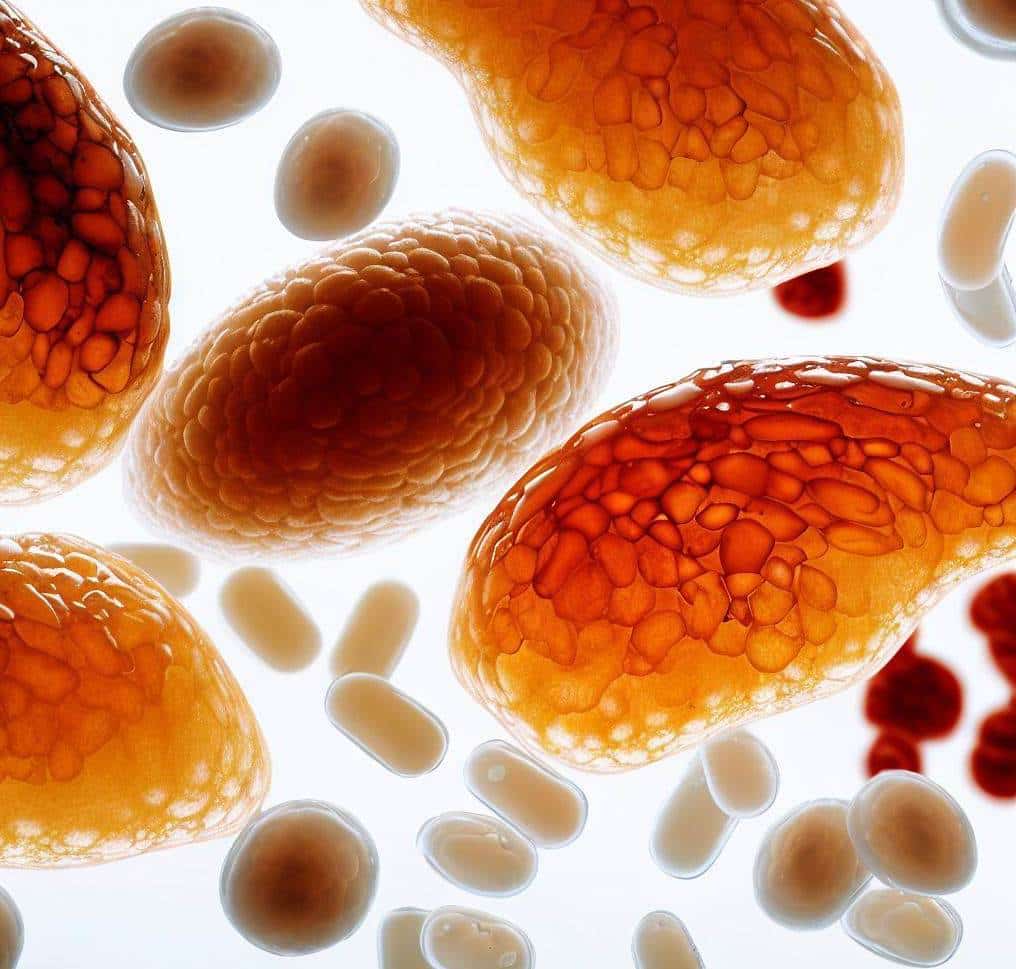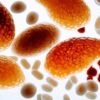Insulin and Fat Cells – The Big Picture
Hey there, it’s exciting that you’re embarking on a journey to get healthier. Today, we’re going to dive into a pretty fascinating topic – the connection between insulin and fat cells, particularly focusing on a certain type of fat known as white adipose tissue. This is more than just about losing weight – it’s about understanding the ins and outs of your body’s functions, and using that knowledge to enhance your well-being.
Understanding Fat Cells: Not All Fats Are Created Equal
First things first, it’s crucial to understand that not all fat is bad. Your body needs certain types of fat to function correctly. The white fat cells in your body, for example, store fatty acids. They’re what make up the white adipose tissue and are like your body’s energy reserve. Think of them like a backup generator, they’re there to provide energy when your body needs it.
But here’s the thing – too much white fat can lead to weight gain, and that’s when problems start to appear. Besides white fat cells, your body also has brown adipose tissue, or brown fat cells. These guys are pretty cool – they actually generate heat and help your body burn calories. So, while they’re both fats, they serve different functions in your body. Understanding this is key to managing your body fat and overall health.
Insulin: The Unsung Hero in Our Bodies
Now, let’s talk insulin. Produced by your pancreas, insulin plays an essential role in regulating your body’s blood sugar levels. Think of it like a delivery guy – it takes glucose (a kind of sugar you get from the food you eat) from your blood to your cells, where it’s used for energy.
However, when your body develops insulin resistance – which means it doesn’t use insulin well – you end up with too much sugar in your blood. That’s when these cells, especially white fat cells, get larger, leading to weight gain and other potential health complications.
This is why keeping an eye on your insulin levels is so critical. You might be wondering how you can do that, and this is where our Fat-Burning Formula weight loss coaching program comes in.
Our Plan for You: The Fat-Burning Formula Weight Loss Coaching Program
At our clinic, we don’t believe in quick fixes or fad diets. We believe in getting to the root of the problem and addressing that. When it comes to weight gain, the culprit is often insulin resistance. With our Fat-Burning Formula weight loss coaching program, we aim to help you manage your insulin levels, shrink these types of cells, and help you achieve a healthier body mass index.
Our program goes beyond just helping you lose weight. We target the root of the problem – your body fat, particularly the white adipose tissue, and your insulin resistance. We do this through an integrated approach that includes nutrition guidance, exercise routines, and ongoing support.
Practical Steps for Better Health
Beyond our coaching program, there are simple strategies you can adopt to manage insulin levels and fat cell size:
- Eat a Balanced Diet: Limit foods that can cause a quick rise in blood sugar levels and lead to an accumulation of fat in various parts of the body, including skin subcutaneous fat and other connective tissues.
- Portion Control: Be aware of how much you’re eating. By balancing the calories you take in with the calories your body uses, you can prevent extra calories from being converted into fat.
- Stay Active: Regular exercise not only improves your insulin sensitivity but also has the potential to transform some of your white fat cells into calorie-burning brown fat cells.
- Listen to Your Body: If you’re feeling fatigued, experiencing mood swings, dealing with high blood pressure, or noticing weight gain, these might be signs of insulin resistance or metabolic syndrome. Don’t hesitate to reach out to us for a consultation.
The Power of Your Immune Cells and More
There’s so much more to discuss when it comes to insulin resistance and these cells, like the role of your immune cells, which play a vital part in your overall health and can impact your body’s response to insulin. Then there’s the concept of “generating heat,” a process in which your brown adipose tissue helps burn off calories. Understanding these concepts gives you more tools to take charge of your health.
Your Health, Your Hands
We’ve covered a lot, but the key takeaway here is that understanding the relationship between insulin and fat cell size empowers you to make smart health decisions. Small changes can lead to significant improvements over time. Are you ready to take charge of your health and join our Fat-Burning Formula weight loss coaching program? We’re here to guide you every step of the way!
Learn more about our program here.
Frequently Asked Questions
Do you get rid of fat cells?
Yes, the body can get rid of fat cells, but it’s more complex than it seems. When you lose weight, these cells shrink, but the number of cells remains relatively constant. These types of cells can be eliminated through a process called apoptosis, or cell death, which can be triggered by substantial weight loss, but they can also regenerate over time. Certain medical procedures like liposuction physically remove fat cells, reducing their number in specific areas, but this doesn’t prevent new cells from forming. A healthy diet and regular exercise are key to maintaining a balanced number of these cells and overall body fat percentage.
What causes fat cells to grow?
These types of cells, also known as adipocytes, grow or enlarge due to an excess intake of calories. When you consume more calories than your body can use for energy, these extra calories get stored as fat. The body first fills existing fat cells with triglycerides (a type of fat found in the blood). If the excess calories continue, new cells are produced to accommodate the surplus. In addition to calorie intake, factors such as genetics, hormones, sedentary lifestyle, and poor diet can also contribute to the growth and proliferation of fat cells.
Do fat cells go away with weight loss?
When you lose weight, the size of these cells decrease as they release their stored fat to be used as energy, but the number of fat cells generally remains the same. Your body maintains a relatively constant number of adipocytes, even after significant weight loss. This is why it’s possible to regain weight if calorie intake increases again, as the existing cells can simply store more fat. However, this doesn’t make weight loss futile: reducing the size of fat cells through healthy diet and exercise can bring about many health benefits. The number of fat cells can be reduced through certain medical procedures like liposuction, but they can potentially be regenerated by the body over time.
Are fat cells good or bad?
Fat cells, or adipocytes, are not inherently bad. In fact, they’re essential for our survival. They serve several vital functions such as storing energy, insulating and protecting the body, and regulating important metabolic functions through hormone secretion. However, having too many of these cells, particularly when they’re enlarged due to excess fat storage, can lead to obesity and related health problems like heart disease, type 2 diabetes, and certain types of cancer. It’s not about the fat cells themselves being bad, but about the balance and distribution of these cells in the body. A healthy diet and regular physical activity can help maintain this balance.
(Note: This blog post provides informational content and does not replace personalized medical advice. Schedule a consultation with us for personalized guidance.)






